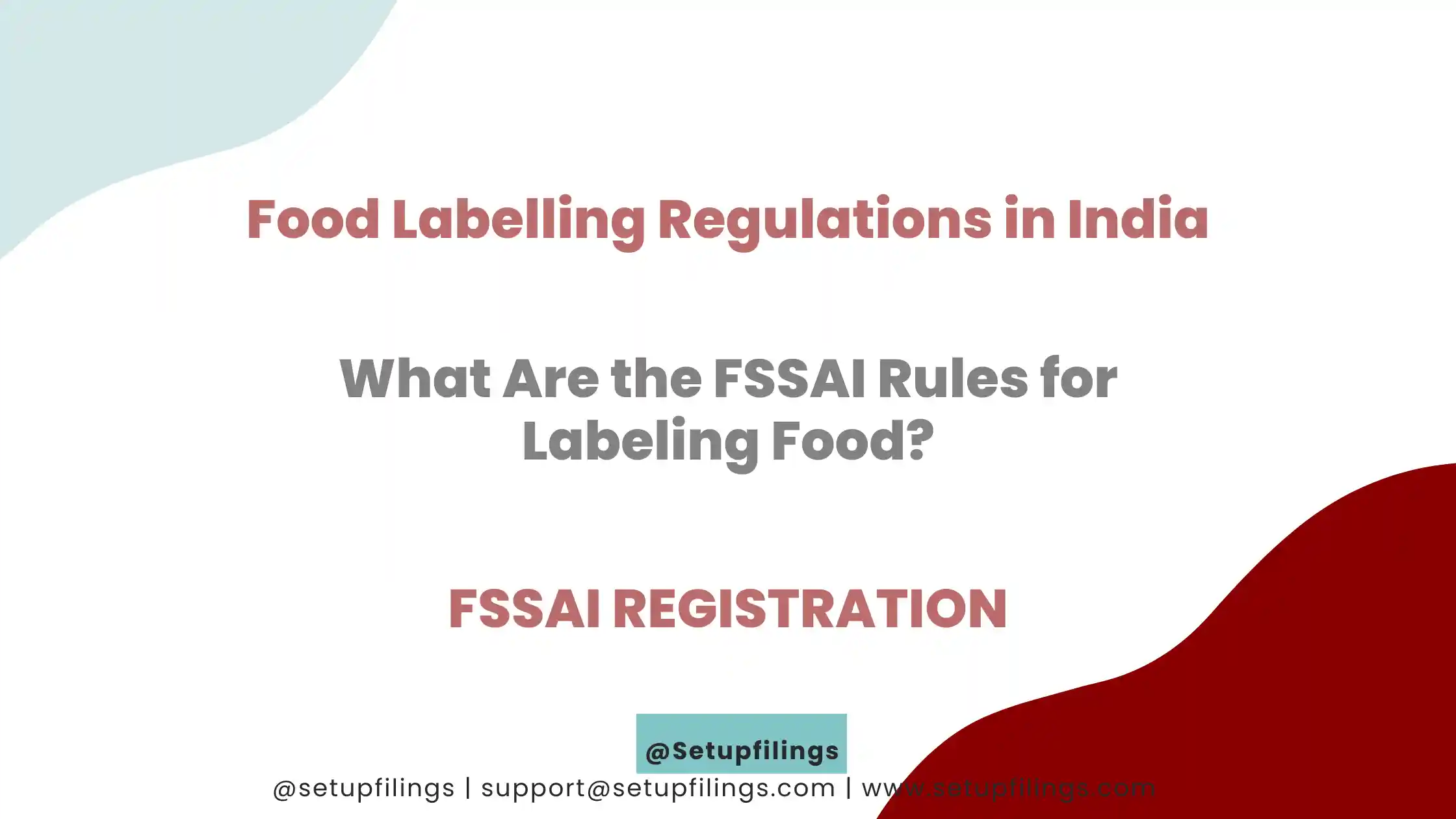
Understand Food Labelling Regulations: All You Need to Know
All prepackaged food items sold in India must meet the Food Safety and Standards (Packaging and Labeling) Regulations, 2011. Food Safety and Standards Regulation, 2011 was put out by the Food Safety and Standards Authority of India, which is part of the Ministry of Health and Family Welfare. In this section, we’ll talk about how food must be labeled in India.
The FSSAI gives food licenses to companies that make and sell food all over India. An FSSAI license is needed by many people who work in the food business, such as traders, producers, and shop owners. FSSAI registration is important for everyone who owns a Visited 155 Times, 1 Visit today
